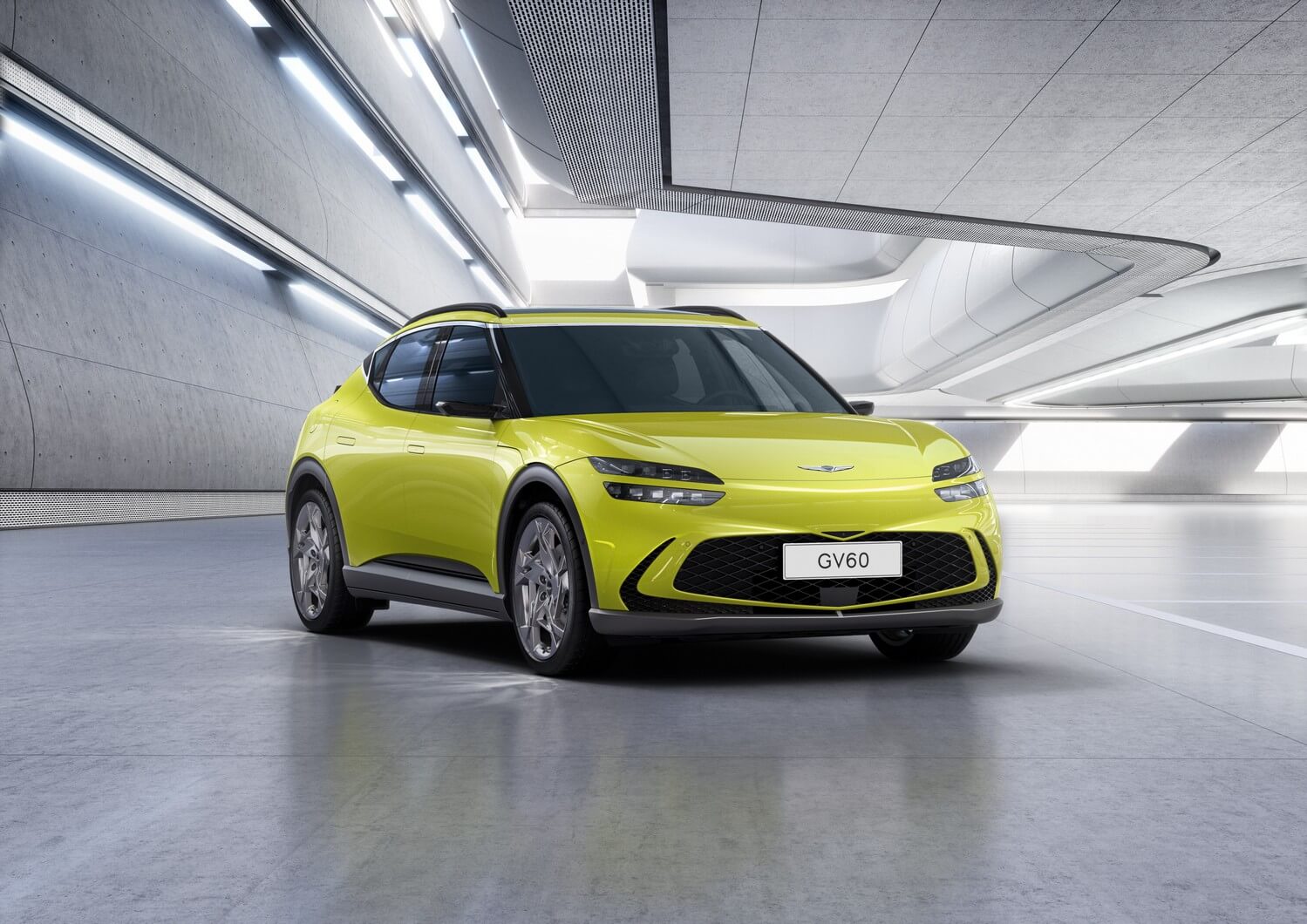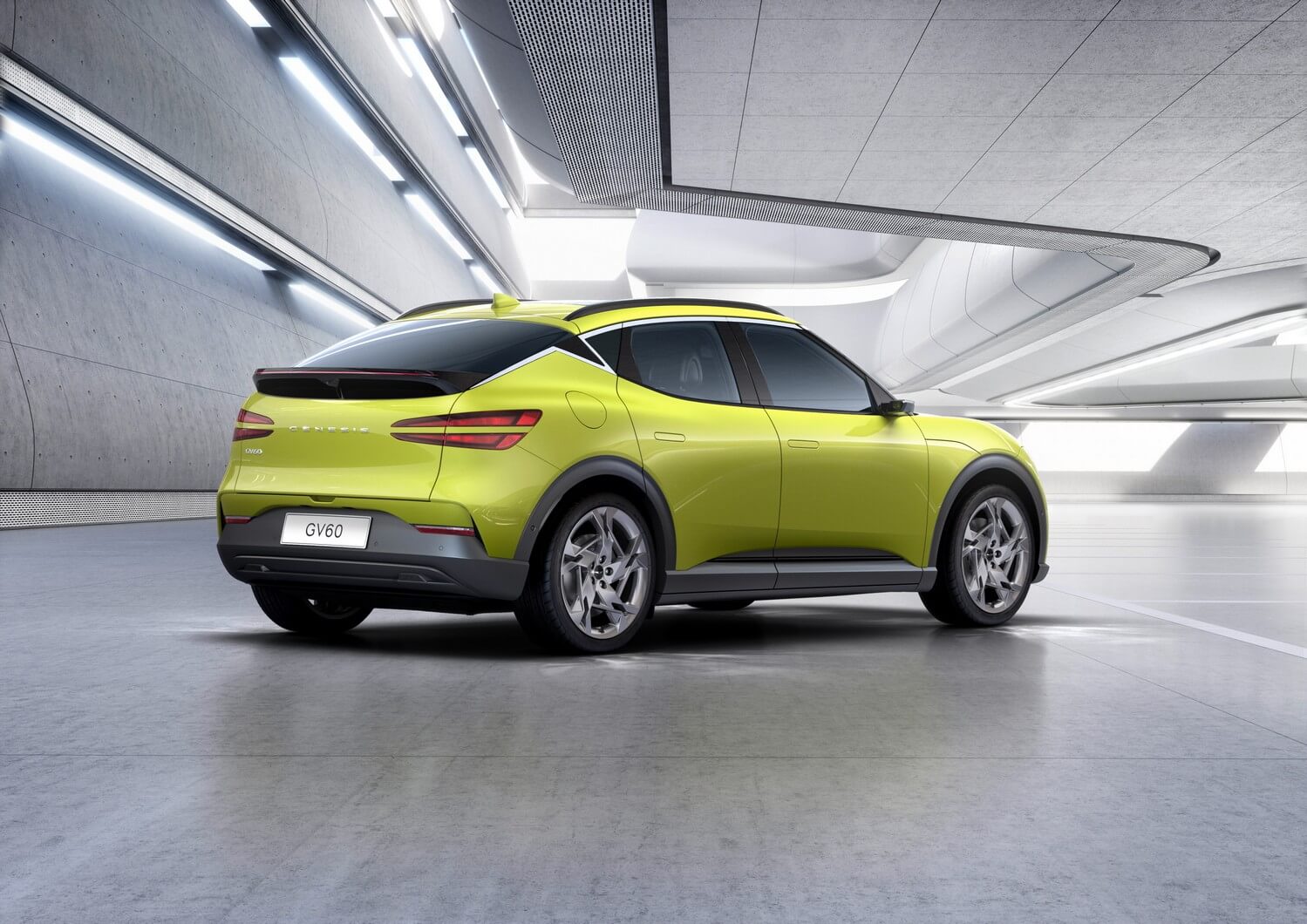Genesis already has two electric SUVs in its portfolio with the GV60 and Electrified GV70 pictured here – both introduced earlier this year. It would seem there’s room for one more if we were to rely on a new report from The Korean Car Blog. It is believed a larger SUV potentially called GV90 is earmarked for a market launch in 2023 to sit on top of the company’s lineup.
The future zero-emissions model is currently being developed and is expected to ride on the same E-GMP platform that has underpinned the aforementioned GV60. It’s a dedicated electric platform as opposed to the one used by the Electrified GV70, which boasts an adaptation of the gasoline model’s platform, there making some compromises in terms of packaging along the way.

Logic tells us the Genesis GV90 is going to be mechanically related to large electric SUVs that both Hyundai and Kia are currently working on. The South Korean brands have already previewed their bigger family haulers in recent weeks with the SEVEN and EV9 concepts, respectively. Of course, with Genesis being the most luxurious brand of the trio, its own model will command a significant premium over its mainstream siblings.
These three should be the largest vehicles to utilize the E-GMP underpinnings and they’re all expected to feature three rows of seats. That being said, we wouldn’t rule out the possibility of a more premium four-seat configuration for the Genesis GV90 with ample rear legroom comparable to fullsize luxury sedans.

To get an idea about the vehicle’s size, we will remind you the Kia EV9 concept is 4,930 millimeters (194 inches) long, 2,055 mm (81 in) wide, 1,790 mm (70 in) tall, and has a huge wheelbase stretching at a stately 3,100 mm (122 in). A dual-motor, all-wheel-drive system is highly probable, as is fast-charging at up to 350 kW.
Before coming out with the production model, Genesis could unveil a concept car to preview its range-topping SUV in the same vein as Hyundai and Kia have done. The tentative 2023 launch seems a bit too optimistic since the other two domestic brands haven’t even announced when they’ll roll out the production versions. A safer bet would be closer to the middle of the decade.
Source: The Korean Car Blog
